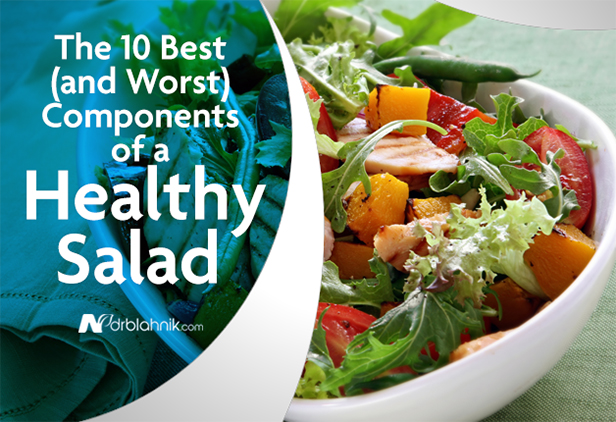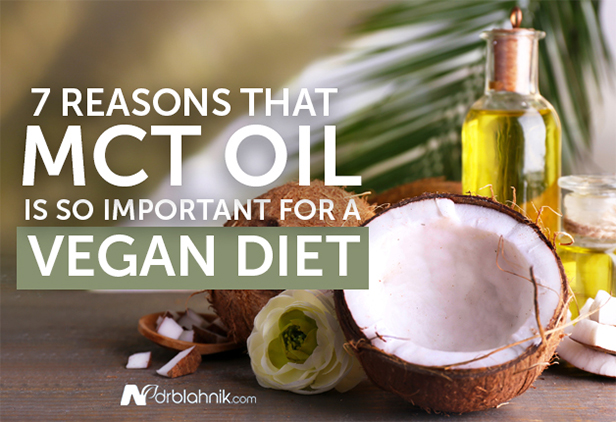Dr. Benjamin Feingold gained alot of attention in the 1970’s when he claimed that food dyes and additives contributed to hyperactivity and other attention problems in children. His claims led to research into such effects.
Center for Science in the Public Interest (CSPE) researchers Sarah Kobylewski and Michael Jacobson point out that a 2004 meta-analysis of the studies on food dyes concluded that there was a cause-and-effect link between food dyes and hyperactivity.
In the UK, two studies found that combinations of food dyes negatively affected children who were not even considered hyperactive. The government responded by banning the combination of dyes and requiring warning notices on foods that contain any one of them.
Multinational companies like Kraft and McDonald’s use natural food coloring or no coloring in UK foods while they continue to use the deleterious dyes in the US. The consumption of foods colored with dyes has increased by five times in the US since 1955, a rate which the CSPI scientists say point to the increase in American intake of processed foods.
Problems with Research and Regulation
Kobylewski and Jacobson took a look at the studies of dyes and found that most of them have been conducted by dye manufacturers themselves; most were conducted for only two years or less and so didn’t measure long-term exposure and effects; and just about all of them only studied individual dyes—not combinations of them.
Another problem the scientists note is that many dyes contain other contaminants and the FDA limits for those contaminants are based on 1990 usage while intake has increased by 50% since then; the regulations don’t take into account children’s lesser body weight and increased sensitivity to carcinogen contaminants; and FDA testing measures only free contaminants, not those bound to other molecules that are converted to free forms in the intestines. Also, the FDA doesn’t take into account the cumulative effect of all contaminants.
The Dyes
Food dyes used to be produced from coal tar but are now derived from petroleum. There are natural alternatives to such dyes but the chemical dyes are cheaper, brighter and more longer-lasting. They’re used in everything from soft drinks and salad dressings to cosmetics and medications.
The nine food dyes most commonly used in the US include Blue 1, Blue 2, Green 3, Red 3, Red 40, Yellow 5, Yellow 6, Citrus Red 2 and Orange B. Red 40, Yellow 5 and Yellow 6 make up 90% of all the dyes used in US foods.
Blue 1/FD&C Blue No. 1/ Brilliant Blue
Blue 1 is used in baked goods, beverages, candies, cereals, dessert powders and drugs. It can cause hypersensitivity reactions and although industry-sponsored studies haven’t found it to be carcinogenic: a lab study found evidence of nerve cell effects and inhibited nerve growth and an unpublished mice study found increased kidney tumors in the rodents.
Blue 2/FD&C Blue No. 2/ Indigo Carmine
Blue 2 is used in beverages, drugs, candies and many other foods. In animal studies, Blue 2 caused increases in brain and mammary gland tumors.
Citrus Red 2/Citrus Red No. 2/ Azo Dye
Citrus Red 2 is used to color the skins of Florida oranges. Although it is used only on the skins and in small amounts, it causes tumors in rodents.
Green 3/ Fast Green
Green 3 is used in foods, drugs and cosmetics. It increases bladder and testes tumors in rats.
Orange B/Azo Dye
Orange B is only used to color hot dog and sausage casings. In animal studies it affected the spleen, bile ducts and urinary tracts of the animals and high doses killed rats. The FDA proposed banning the dye in 1978 but because so many companies stopped using the product; it never did finalize the ban.
Red 3/ FD&C No. 3/Erythrosine B
Red 3 is used in baked goods, candies, drugs, maraschino cherries and sausage casings. The FDA banned its use in cosmetics and externally applied drugs because of animal studies that found it to be a thyroid carcinogen but continues to allow its use in ingested drugs and foods!
Red 40/ Allura Red
Red 40 is used in baked goods, beverages, candies, cereals, cosmetics, desserts and drugs: it is the most-used dye today. It has been found to increase immune-system tumors in mice; cause hypersensitivity in humans and trigger hyperactivity in children.
Yellow 5/FD&C Yellow No. 5/Tartrazine
Yellow 5 is the second most-widely-used food dye. It’s used in baked goods, candies, cereals, cosmetics, desserts, drugs and even pet food. It often contains several carcinogen contaminants and causes hyperactivity in children and allergic reactions.
Yellow 6/FD&C Yellow No. 6/Sunset Yellow
This azo dye is used in baked goods, beverages, candies, cereals, cosmetics, drugs, gelatins and sausage. It is the third most-widely-used food dye and the CSPI scientists suspect that children may ingest as much as five times more than the average user, at levels much higher than FDA recommendations.
Yellow 6 may cause adrenal tumors; it can contain carcinogen contaminants; and it can cause allergic reactions.
Staying Safe
CSPI points out that even if all food dyes were found to be safe, they should be banned because the Food, Drug, and Cosmetic Act says that a food is considered adulterated and illegal if the “inferiority has been concealed in any manner;” and its considered adulterated if it is processed in order to “make it appear better or of greater value than it is;” and it is misbranded if “its labeling is false or misleading in any particular.”
As far as misbranding, the FDA requires that artificial flavorings must be clearly and conspicuously labeled on packages but consumers have to hunt through ingredient lists to find evidence of artificial colorings.
Food colorings are added to foods in order to make them more appealing to consumers while many of these processed foods are lacking in nutrition. CSPI believes that this makes food “appear better or of greater value than it is.”
Your best bet is to avoid processed foods altogether, especially foods with many mysterious ingredients on the label. Natural colorings that are safer alternatives to chemical food dyes are beet juice, beta-caramel, carotene, carrot juice, chlorophyll, elderberry juice, grape juice, grape skin, paprika extract, purple corn, purple sweet potato, red cabbage and turmeric.
Just keep it simple and remember that the further a food gets away from it’s normal natural state, the more potential dangerous. Avoid processed foods at all costs. Pay particular attention to the types of food your children are ingesting even when they go to other friends and family members house. Kids are developing the organs to last them a lifetime. If these dyes pose a threat to a developing child, investigate it further for yourself. The simplest and most effective way to avoid the potential harmful effects of synthetic dyes is to avoid processed foods, especially bright colored ones. They call it “JUNK FOOD”, for a reason it’s junk. Be sure to pay attention to the ingredient list to avoid synthetic dyes.
Source
Kobylewski, Sarah PhD Candidate and Jacobson, Michael PhD (June, 2010). Food Dyes: A Rainbow of Risks. Center for Science in the Public Interest [online]. Retrieved from http://cspinet.org/new/pdf/food-dyes-rainbow-of-risks.pdf




